stevezmom
ArboristSite Lurker
I have a large Siver Maple in the back yard. It has 4 trunks. Two of the trunks are filling in with beautiful large leaves. The other two have tiny shriveled up leaves that are falling off. The tree has been through alot in the last 6 months:
-Complete landscaping
-Arborist "Structural Trim"
-Arborist sprayed for ?? (I would know the name if I seen it but I believe it was a fungus)
-Massive aphid infestation
The "Professional" Lanscaper had to trench for sprinklers, drains etc. He told me (after the fact) that he used a chainsaw to get through some of the roots.
As for the aphids I sprayed an insecticide I got from ACE Hardware through a garden hose. I was told it was mild. I read you could put it on fruits and vegetables so I went for it. Aphids as far as I can see are mostly gone. I had a ton of black droppings (I believe to be "Sooty Mold") now there is only 1 or 2.
Any input or suggestions would be greatly appreciated I DONT WANT TO LOSE THIS TREE!!!!!
Here are a few Pictures...
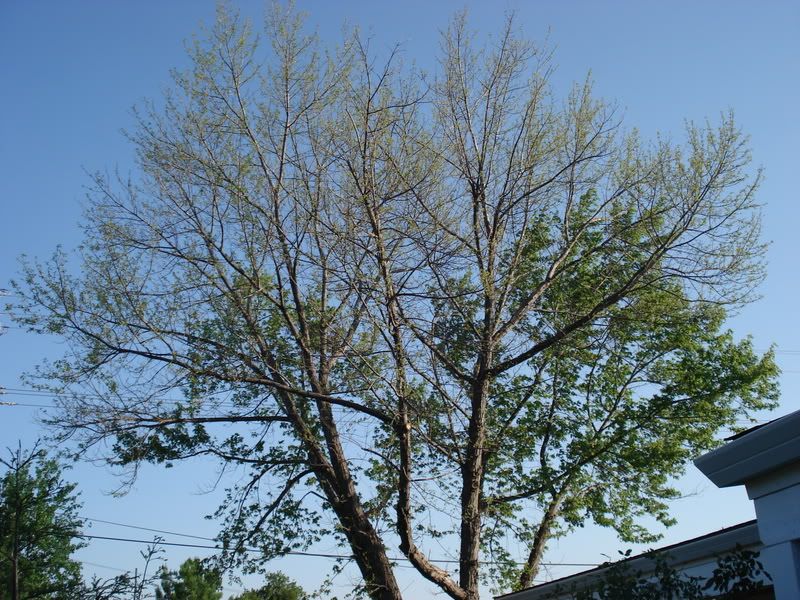
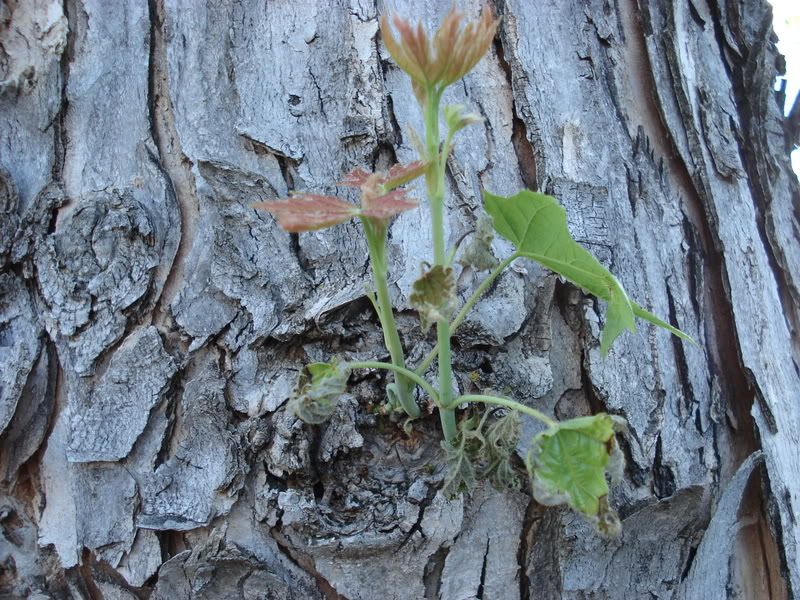
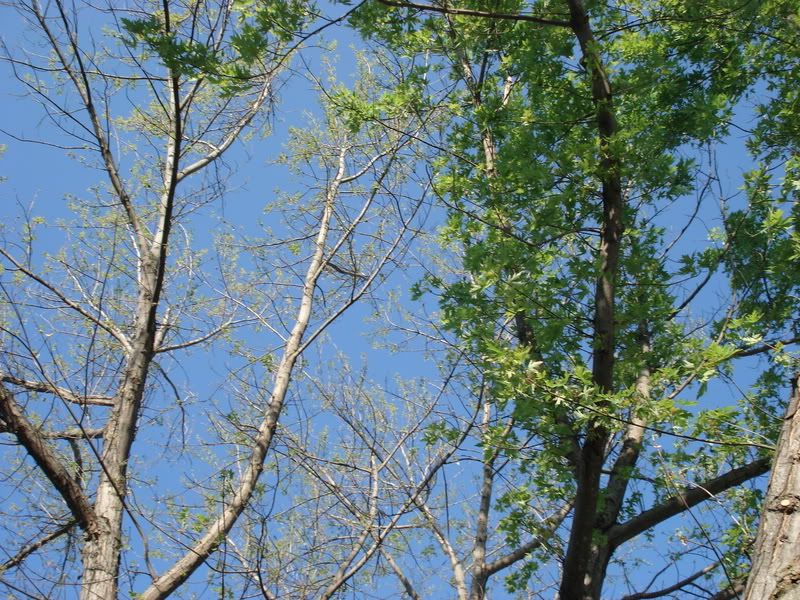
-Complete landscaping
-Arborist "Structural Trim"
-Arborist sprayed for ?? (I would know the name if I seen it but I believe it was a fungus)
-Massive aphid infestation
The "Professional" Lanscaper had to trench for sprinklers, drains etc. He told me (after the fact) that he used a chainsaw to get through some of the roots.
As for the aphids I sprayed an insecticide I got from ACE Hardware through a garden hose. I was told it was mild. I read you could put it on fruits and vegetables so I went for it. Aphids as far as I can see are mostly gone. I had a ton of black droppings (I believe to be "Sooty Mold") now there is only 1 or 2.
Any input or suggestions would be greatly appreciated I DONT WANT TO LOSE THIS TREE!!!!!
Here are a few Pictures...








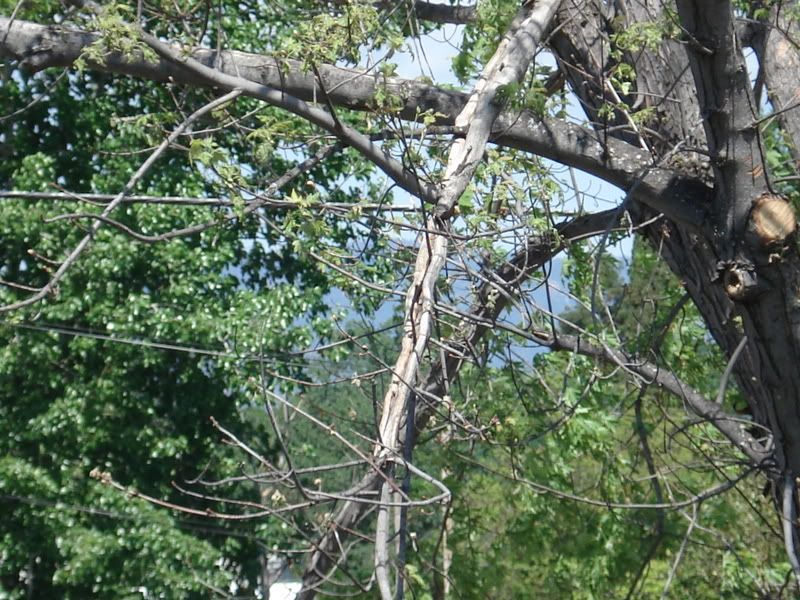
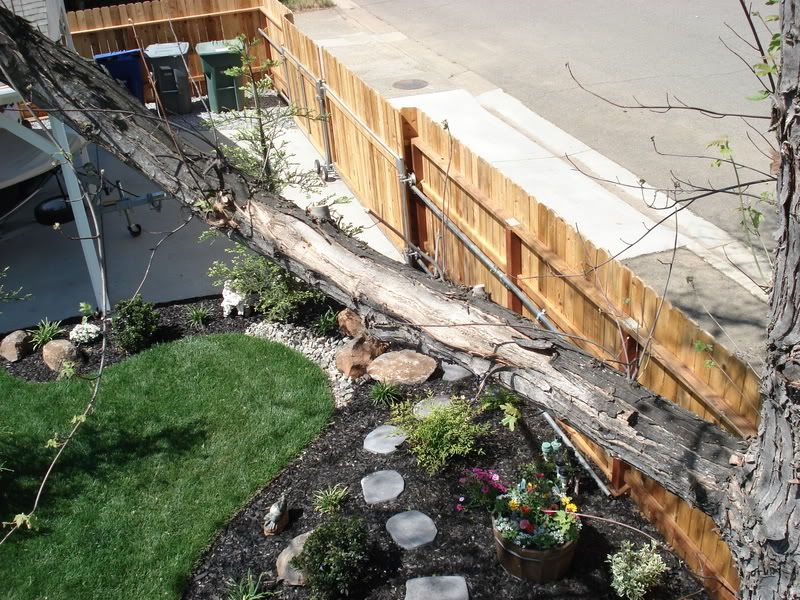
 ) get a certified arborist on site to inspect the tree in person. My first thought was construction damage, but I wouldn't expect the tree to decline this much in this short period of time. Unless he really hacked away those roots.... In any case, it sounds like the tree has been through quite a bit of stress recently. It is not surprising that there is some dieback. But two of the four main branches seems a bit extreme and could be a signal of a larger problem.
) get a certified arborist on site to inspect the tree in person. My first thought was construction damage, but I wouldn't expect the tree to decline this much in this short period of time. Unless he really hacked away those roots.... In any case, it sounds like the tree has been through quite a bit of stress recently. It is not surprising that there is some dieback. But two of the four main branches seems a bit extreme and could be a signal of a larger problem.